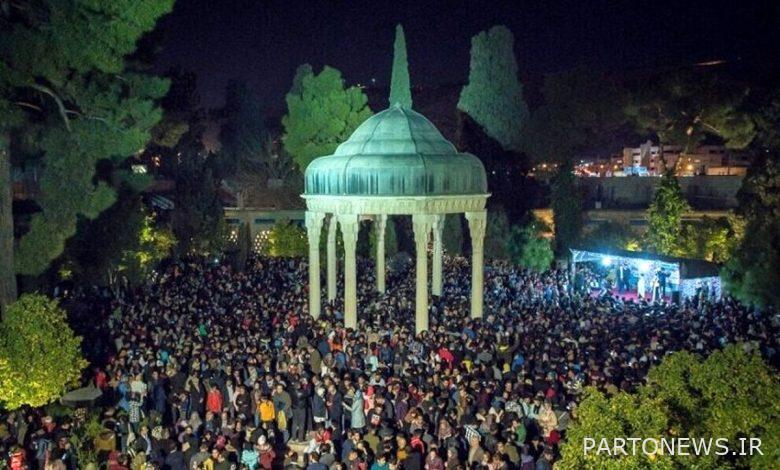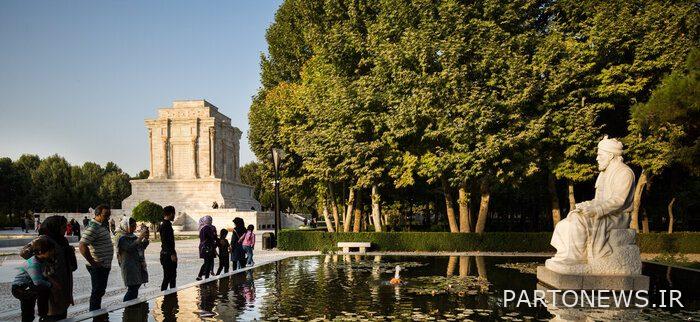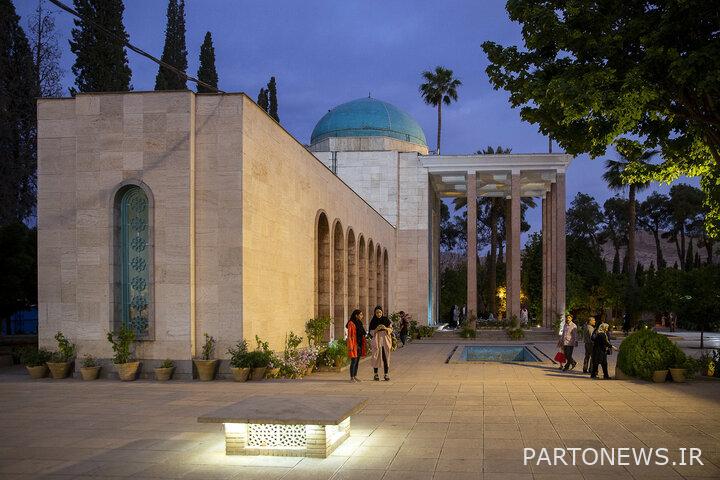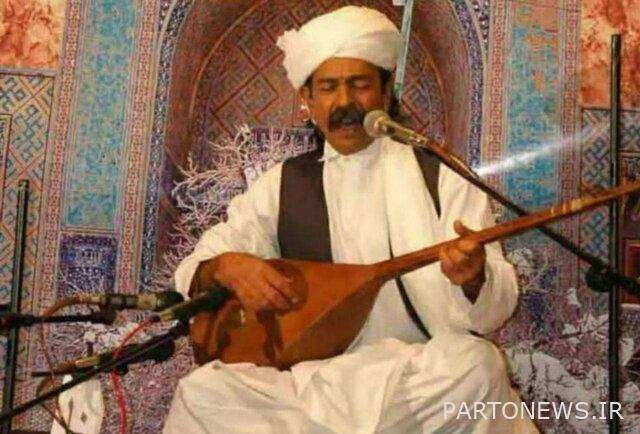Iran’s literary heritage; A valuable treasure in the world

The ancient history of our land and the intangible cultural heritage in it has made Iran one of the proud countries in the field of literary heritage and attracts many domestic and foreign tourists to literary tourism destinations every year.
The cultural heritage week in Iran from (May 28 to Khordad 3) by addressing the importance and place of cultural heritage, museums and ancient works and treasures is to attract more people’s attention to valuable assets that may be less noticed during the year due to the various concerns of life. Placed. The diversity and multiplicity of cultural heritage (from tangible to intangible elements) in addition to attracting the attention of Orientalists, archaeologists and Iranologists over the centuries and making our country one of the first 10 countries in the world to register these works in the UNESCO world list, has been a longing since the distant years. And it has created a lot of motivation in the hearts of tourists to travel and watch these works in different cities of Iran.

Tus – the tomb of Hakim Abulqasem Ferdowsi (4th century poet) the author of Shahnameh
The intangible cultural heritage or spiritual heritage of any country includes the most valuable cultural treasures of the people of a land, a treasure that is rooted in the civilization and history of that country, this heritage, a wide range of native arts, traditional rituals, national festivals and ceremonies, manual skills and culture. The orality of the people of a country is included. Meanwhile, literature is considered one of the important parts of a country’s cultural heritage, therefore, many people of the world know countries through their rich poetry and literature, poets and writers, and their famous works.
Iran is not an exception to this rule and even many poets of nations have been influenced by Persian literature, therefore the brilliance of Iran’s literary heritage in the world is owed to the glorious prose that has remained from the distant past.

Shiraz, Saadiyeh / Tomb of Saadi (7th century poet) owner of Bostan and Golestan
The Qajar era was one of the most important historical periods that was able to give a valuable heritage to Persian literature. It was during this period that the range of prose purposes expanded and the attention of political and social issues gradually increased among readers. The establishment of Dar al-Funun, the establishment of stone printing presses in Tehran and Tabriz, the sending of Iranian students to Europe, were all among the factors that affected the literature of the Qajar period.
The preservation of this ancient history in our land and the intangible cultural heritage in it has made Iran become one of the most attractive countries in this field and annually attracts many domestic and foreign tourists to literary tourism destinations such as Isfahan and Shiraz due to the location of the tomb. Hafez and Saadi, Yosh region (Nima Yoshij’s birthplace), Tabriz because of Shahriar’s house, Neishabor because of Khayyam’s tomb, Hamedan because of Baba Taher’s tomb, and Mashhad because of Ferdowsi’s tomb.

Neishabur – the tomb of Hakem Omar Khayyam (poet of the 5th century), the owner of Divan Khayyam
Unlike the tangible cultural heritage, which is possible to protect, maintain and transfer to the next generations, it is not possible to preserve intangible cultural works except by registering written documents and introducing them to the next generations. For this reason, UNESCO decided to form a global committee to register and protect the culture and customs of different countries of the world. It was in this direction that in 2009, the music of the North Khorasan province was registered as the seventh spiritual work of Iran in the list of intangible heritage.

Official musician of North Khorasan province
But what was the connection between the official music of North Khorasan province and the literary heritage of Iran? Different parts of North Khorasan have different music, one of which is Bakhsi. According to the people of Khorasan, complete mastery of instruments and singing is not enough to become a Bakhsi. Apart from playing Khorasan dotar, Bakhshis also have special skills in improvisation, storytelling and poetry. Bakhshi sings the rich culture and literature of North Khorasan at the same time by playing dotar with local song and improvising the authentic stories of this region with the language of poetry.
There are many of these characteristics in Iran, a treasure of literary heritage. Although today literary tourism has become a new style of tourism for lovers of literary heritage and as one of the branches of cultural tourism, it has opened its place among fans of poetry, literature and art, but still benefiting from this valuable treasure with a point It is far from its ideal.
Update date:

